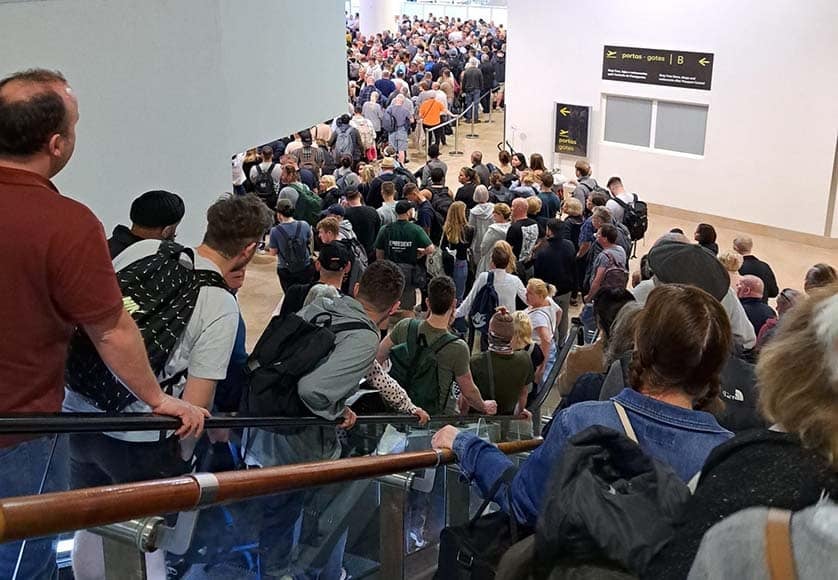
The two entities said in a statement that these images represent a new step in Portugal's ability to monitor the Atlantic Ocean, which will allow for detailed analysis of the marine ecosystem and climate models, describing this step as an “important milestone.”
Credits: Twitter; Author: @ThalesEdisoft;
The nanosatellite was launched on March 4, and made contact with Earth on March 19 via the Santa Maria space station, in the Azores, operated by Thales Edisoft Portugal.
The nanosatellite is scheduled to be placed at an altitude of 510 kilometers, just above the International Space Station, the “home” of astronauts, and will monitor the Atlantic Ocean for three years.
“
“This privileged location will enable in-depth analysis of ocean phenomena, contributing to a better understanding of marine ecosystems and climate systems,” Thales Edisoft Portugal said in March, in connection with the launch.

The MH-1, a 4.5kg nanosatellite named in honour of former Science Minister Manuel Heitor, whom the consortium sees as the driving force behind the project, is the second Portuguese satellite to be sent into space, after PoSat-1, a 50kg microsatellite that entered Earth orbit in September 1993 but was deactivated a decade later.
.
The Eros MH-1 National Consortium includes several Portuguese companies and academic institutions, joined by the Massachusetts Institute of Technology (MIT) in the United States, within the framework of the MIT-Portugal Cooperation Program.
the
The CEiiA Engineering Center in Matosinhos, one of the partners that built the nanosatellite, will process the data and images for scientific studies.
The Universities of Algarve, Porto, Minho, the Higher Technical Institute and Imar – Instituto do Mar, among others, provide scientific support for the mission.
The nanosatellite, which began work in 2020, represents an investment of €2.78 million, with €1.88 million co-financing by the ERDF – the European Regional Development Fund.
.






